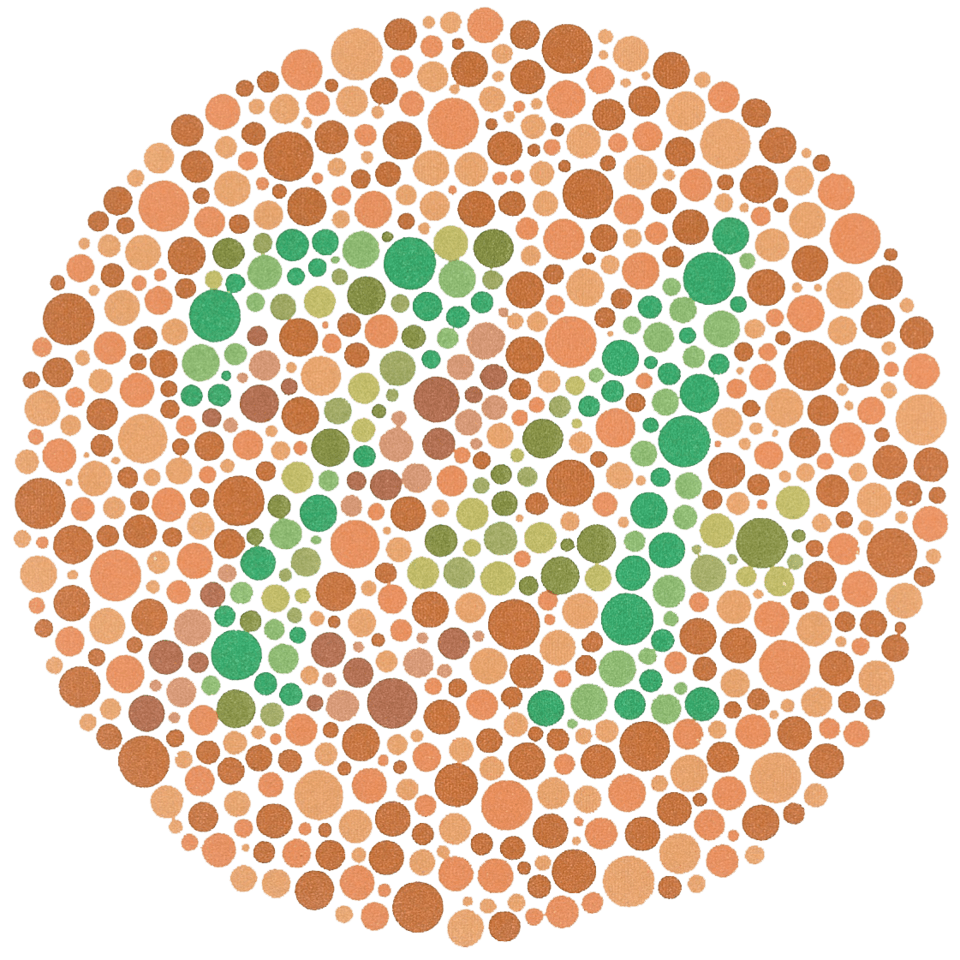Seeing But Not Seeing in Our Ministry on the Margins
Most of us can see a number in the image above. Some may need some help to focus on the greenish circles. Then they may see the number 21. Others may never see the greenish circles since they will blend with the other circles. (For the record, unless you are afflicted with various degrees of colorblindness, you should be able to see the number 74.)
What has this to do with our ministry to those on the margins? Much more than you may think! It has a lot to do with how we construct our reality on the basis of what we experience in our “real world”.
Two recent books, about people in two different continents, The Broken Ladder: How Inequality Affects the Way We Think, Live, and Die and The Broken Ladder: The Paradox and Potential of India’s One-Billion opened my eyes (pun intended) to something I had seen but not seen.
“Aspirational Blindness” – The “real world” and the limits of our vision
In essence, these two books reflect on the limitations of those who grow up in inequality. People who grow up with a “worm’s eye” view of poverty and excluded from the green lawns of “gated communities”, construct a vision of reality based on what they experienced as normal, attainable. The opposite is also true. Those who have never experienced growing up in poverty have very little clue about the realities faced by those who do. The result is two different visions of what is “normal” or “real.” These authors draw our attention to the fact that what we think is possible is rooted in what we see in the world around us.
We tend to only see what is in the horizon of our experiences. The people we relate to, experience and see with “status” around us tend to set the limits of our horizon and vision of the possible. The authors describe many kids, continents apart, who were smart, very smart. When asked about what they wanted to be most every child said he or she wanted to be like someone who was successful in their neighborhood. They tend not to go beyond occupations like the ones in the community. They only see the occupations around them, so they don’t get to know about other alternatives. And if they do learn about a different alternative – they don’t know how to get there.”
Both authors use the image of “broken ladders” to describe a lack of vision. They describe victims of a kind of aspirational color-blindness. They see a number of things that create big obstacles to aspirations and achievement, These “broken ladders” include low-quality education, neighborhoods filled with low-wage occupations and an absence of mentors. It seems that above all we need people who widen the horizon of what we see.
Learning to see differently
As I think of this, I also think of the many lives changed when someone believes in them and holds out hope of another way of seeing and thinking. I think that is the deeper ministry that countless members of the Vincentian Family have offered beyond just material goods. They have helped people to see their value in the eyes of God and that they can and should dream dreams of a world bigger than their immediate experiences, This will not be easy to awaken. But it is the first rung on the ladder.
“Without a vision, the people perish”! Prophecy means challenging people to a fresh vision. It is often uncomfortable. Ask any therapist who has struggled with helping people overcome the childhood tapes planted in our heads about negative self-worth.
Vision will not change everything… or be easy to awaken. But it is the first rung on the ladder.
That is certainly what Jesus did! He opened our eyes by modeling what it meant to live in “a kingdom of peace, justice, and love”, a world where all are brothers and sisters.
Vincent turned the church upside down. He put the poor on top, with the rest of us in service and support, being evangelized by them and evangelizing them. Constant attention to seeking a just society necessitates solidarity, and solidarity is in the center of all Vincentian values. We can do very little without influencing and engaging others. We need, not only to understand Vincent and Louise in the context of their time, but also to translate their teachings to our contemporary period. (Robert Maloney, The Way of Vincent de Paul)
Helping people see beyond their experiences is the ultimate systemic change!
What do we see?
- Are we aware we often live in two different worlds that shape what we “see: is attainable and “real”?
- Who helped us to see beyond the limitations of our particular experiences?
- Do we see the vision of Jesus for us, or just rules that constrict us?






Creatively and even pictorially put!
fantastic!